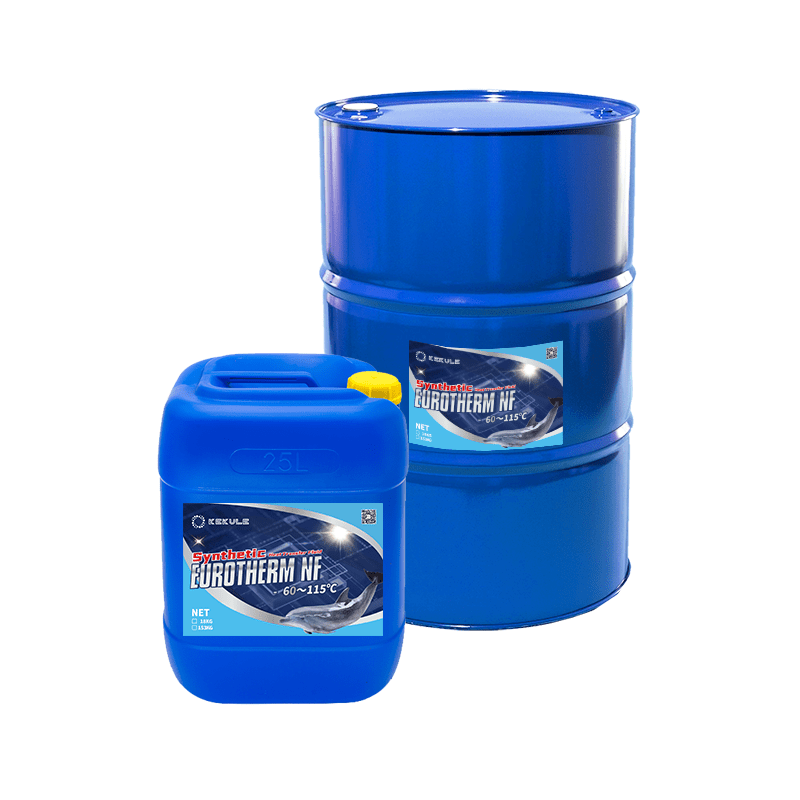The Single Strategy To Use For Chemie
The Single Strategy To Use For Chemie
Blog Article
Excitement About Chemie
Table of ContentsThe Single Strategy To Use For ChemieA Biased View of ChemieRumored Buzz on ChemieExamine This Report about ChemieRumored Buzz on ChemieExcitement About Chemie
(https://www.edocr.com/v/e1zmgylv/betteanderson/chemie)Calculated adjustment in electric conductivity of liquid examples as a function of time when mixed with the resin sample in the closed indirect air conditioning loop experiment. Figure 6 shows the change in the measured electrical conductivity of the fluid samples when stirred with the resin sample. The conductivity of the water sample from the closed loop experiment reduced by approximately 70% from 11.77 S/cm to 3.32 S/cm in six hours.These results indicated that the capability of the resin depends upon the test liquid made use of for the experiment. This reveals that various ions existing in the fluid will certainly lead to different ion exchange capability of the fluid. Consequently, determining the ion exchange material ability with the fluid example from the actual air conditioning loop is essential.
See This Report on Chemie
An ion exchange material cartridge including 20g of Dowex mixed bed material might take on order 938 days to fill - silicone synthetic oil. In various other words, to keep a reduced electrical conductivity, a material cartridge with the dimension and weight specification as that of the material cartridge made use of in the experiment, require to be transformed every 30 months for the cooling system that was made use of in the experiment
The air conditioning of electronic parts has ended up being a major difficulty in current times due to the improvements in the design of faster and smaller components. The usage of a fluid coolant has come to be attractive due to the greater heat transfer coefficient accomplished as compared to air-cooling.
Chemie - An Overview
A single stage air conditioning loophole consists of a pump, a heat exchanger (cold plate/mini- or micro-channels), and a warmth sink (radiator with a fan or a liquid-to-liquid warmth exchanger with chilled water cooling). The warmth resource in the electronics system is connected to the warm exchanger.
The demands may vary depending on the sort of application. Following is a checklist of some general demands: Great thermo-physical properties (high thermal conductivity and specific warmth; low thickness; high concealed heat of evaporation for two-phase application) Low freezing factor and burst point (sometimes ruptured security at -40 C or lower is needed for delivery and/or storage functions) High climatic boiling factor (or low vapor pressure at the operating temperature level) for single phase system; a slim preferred boiling point for a two-phase system Great chemical and thermal security for the life of the electronics system High flash point and auto-ignition temperature (in some cases non-combustibility is a requirement) Non-corrosive to products of building and construction (metals in addition to polymers and other non-metals) No or marginal governing constraints (eco-friendly, harmless, and possibly naturally degradable) Affordable The very best electronics coolant is a low-cost and safe liquid with exceptional thermo-physical residential or commercial properties and a lengthy service life.
Top Guidelines Of Chemie
A lot of these liquids have a non-discernible smell and are harmless in situation of call with skin or intake. As discussed before, aliphatic PAO-based liquids have actually changed the silicate-ester liquids in a range of military electronic devices (and avionics) cooling applications in the last decade. Another class of preferred coolant chemistry is dimethyl- and methyl phenyl-poly (siloxane) or typically known as silicone oil.
Fluorinated compounds such as perfluorocarbons (i.e., FC-72, FC-77) hydrofluoroethers (HFE) and perfluorocarbon ethers (PFE) have particular special properties and can be used touching the electronics [4, 8] Of all, these liquids are non-combustible and safe. Some fluorinated substances have absolutely no ozone diminishing possible and various other ecological homes.
This coolant is classified as hazardous and ought to be taken care of and disposed of with care. The quality of water utilized for the prep work of a glycol service is very vital for the system.
Our Chemie Statements

Besides lack of poisoning, it has no benefits over ethylene glycol, being greater in expense and more thick. This is a reduced expense antifreeze remedy, discovering use in refrigeration services and ground source heatpump. Similar to glycols, this can be inhibited to stop rust. This liquid can be used to -40 C owing to its relatively high rate of warm transfer in this temperature variety.
It is thought about even more harmful than ethylene glycol and consequently has actually located use only for process applications located blog outdoors. Likewise, methanol is a flammable liquid and, as such, presents a potential fire threat where it is stored, took care of, or utilized. This is an aqueous service of denatured grain alcohol. Its main benefit is that it is safe.
The Chemie Statements
As a combustible liquid, it requires specific precautions for taking care of and storage space. Liquid remedies of calcium chloride locate broad use as distributing coolants in food plants. It is non-flammable, safe and thermally much more efficient than the glycol options. A 29% (by wt.) calcium chloride solution has a freezing factor listed below -40 C.

Report this page